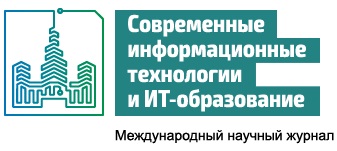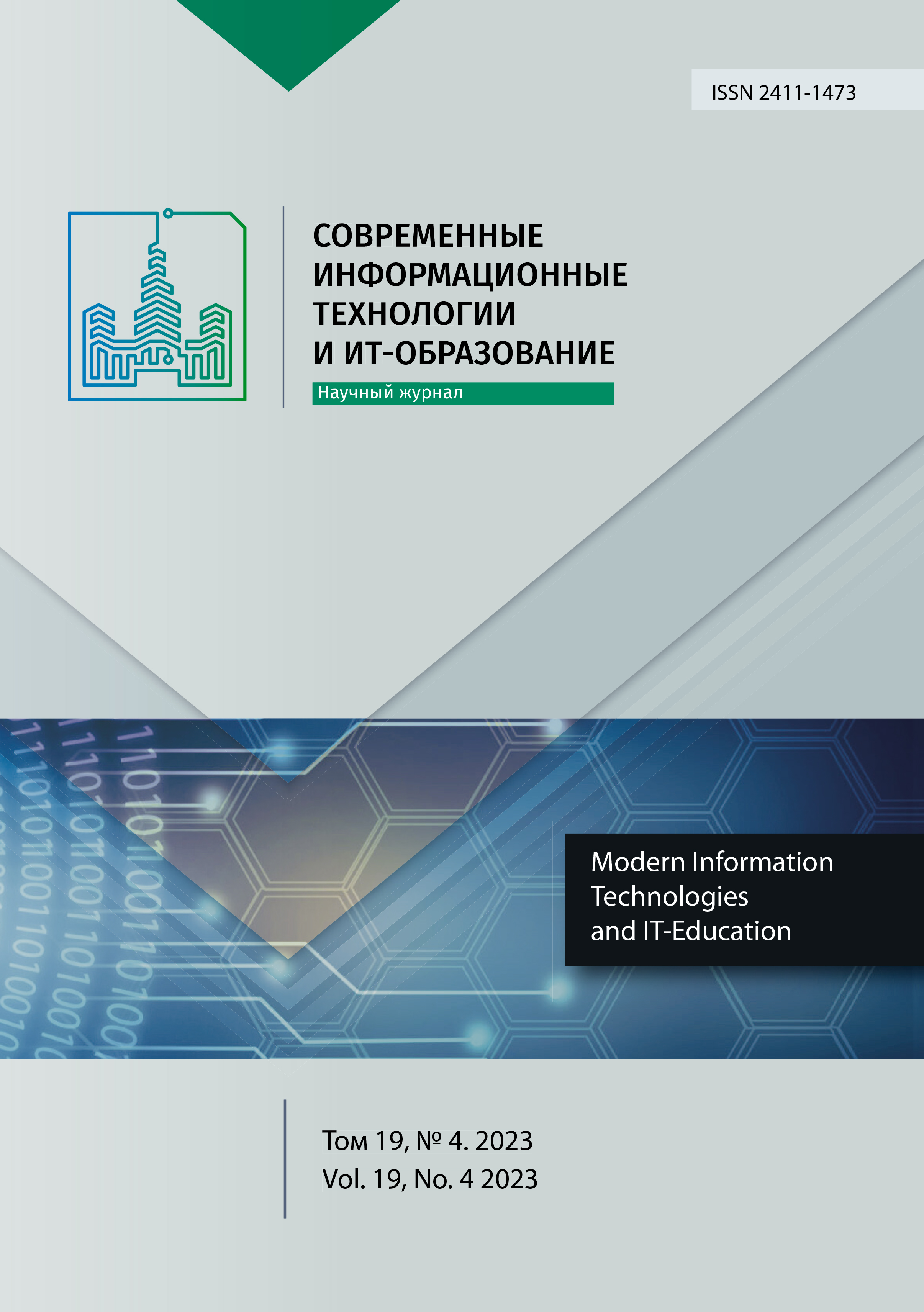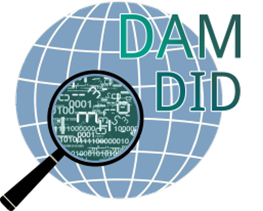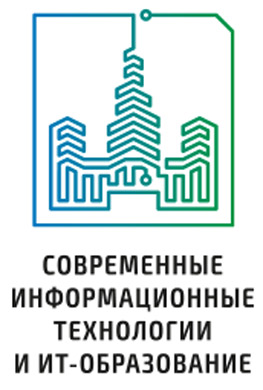Multidimensional Singular Value Decompositions Structure Comparison
Abstract
Singular value decomposition of matrices is an algorithm used to solve many problems, often considered as a single atomic operation. If a problem can be reduced to it and solved, then the problem can be considered as solved. In multidimensional cases that require singular value decomposition, generalizations such as tensor decompositions are employed. These decompositions are well-known and frequently used. However, they come with their own set of issues. Singular value decomposition of multidimensional matrices partially mitigates these problems. This article aims to visually illustrate the differences between the singular value decomposition of spatial matrices and the singular value decomposition of tensors. Structural and numerical distinctions will be presented, supported by clear examples. It will also highlight the drawbacks of existing tensor decompositions that are absent in the spatial matrix decomposition. In conclusion, tasks in which singular value decomposition of spatial matrices can replace singular value decomposition of tensors will be proposed.

This work is licensed under a Creative Commons Attribution 4.0 International License.
Publication policy of the journal is based on traditional ethical principles of the Russian scientific periodicals and is built in terms of ethical norms of editors and publishers work stated in Code of Conduct and Best Practice Guidelines for Journal Editors and Code of Conduct for Journal Publishers, developed by the Committee on Publication Ethics (COPE). In the course of publishing editorial board of the journal is led by international rules for copyright protection, statutory regulations of the Russian Federation as well as international standards of publishing.
Authors publishing articles in this journal agree to the following: They retain copyright and grant the journal right of first publication of the work, which is automatically licensed under the Creative Commons Attribution License (CC BY license). Users can use, reuse and build upon the material published in this journal provided that such uses are fully attributed.













